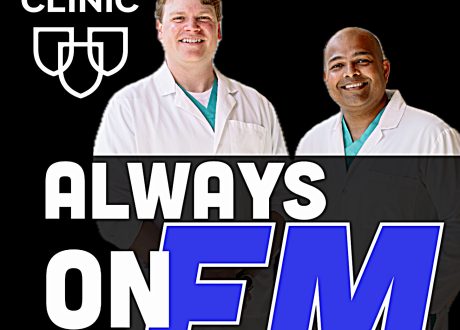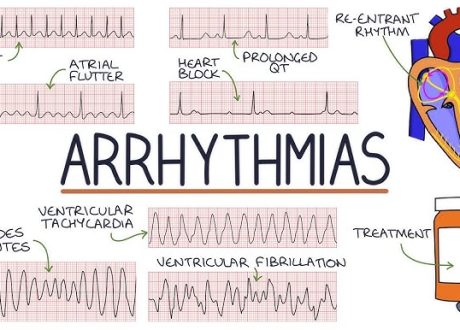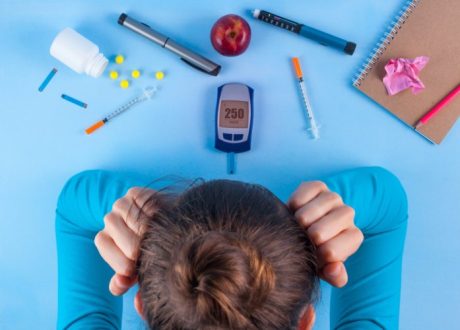Written by Clay Smith
Spoon Feed
More frequent (≤2 minutes) epinephrine dosing in pediatric in-hospital cardiac arrest was associated with better neurologically intact survival.
?Why does this matter
PALS calls for epinephrine every 3-5 minutes during CPR. Epinephrine seems to work by augmenting CPR and increasing diastolic blood pressure and flow to the coronaries during arrest. Would more frequent dosing help?
?Maybe less than every 3-5 minutes
This was a retrospective study of 125 pediatric patients with in-hospital cardiac arrest in the ICU. Of these, 33 children (26%) had epinephrine doses given ≤2 minutes apart. The rest were > 2 minutes apart. For the primary outcome of discharge with favorable neurological outcome (Pediatric CPC score 1-2 or no change from baseline), frequent epinephrine was associated with better outcome (aOR 2.56, 95%CI 1.07 to 6.14). The authors found diastolic BP was higher in the frequent dosing group after the second dose of epinephrine (median increase 6 mm Hg). Arrest duration was also much shorter in the frequent dosing group. Bear in mind, there could be confounding. Maybe more frequent dosing was also a marker of a higher quality resuscitation overall, with better compressions and more timely interventions. This begs for a randomized trial. In the meantime, it seems reasonable to err on the shorter side of the PALS dosing interval at least.
Source
The Effect of Epinephrine Dosing Intervals on Outcomes from Pediatric In-Hospital Cardiac Arrest. Am J Respir Crit Care Med. 2021 Jul 15. doi: 10.1164/rccm.202012-4437OC. Online ahead of print.










